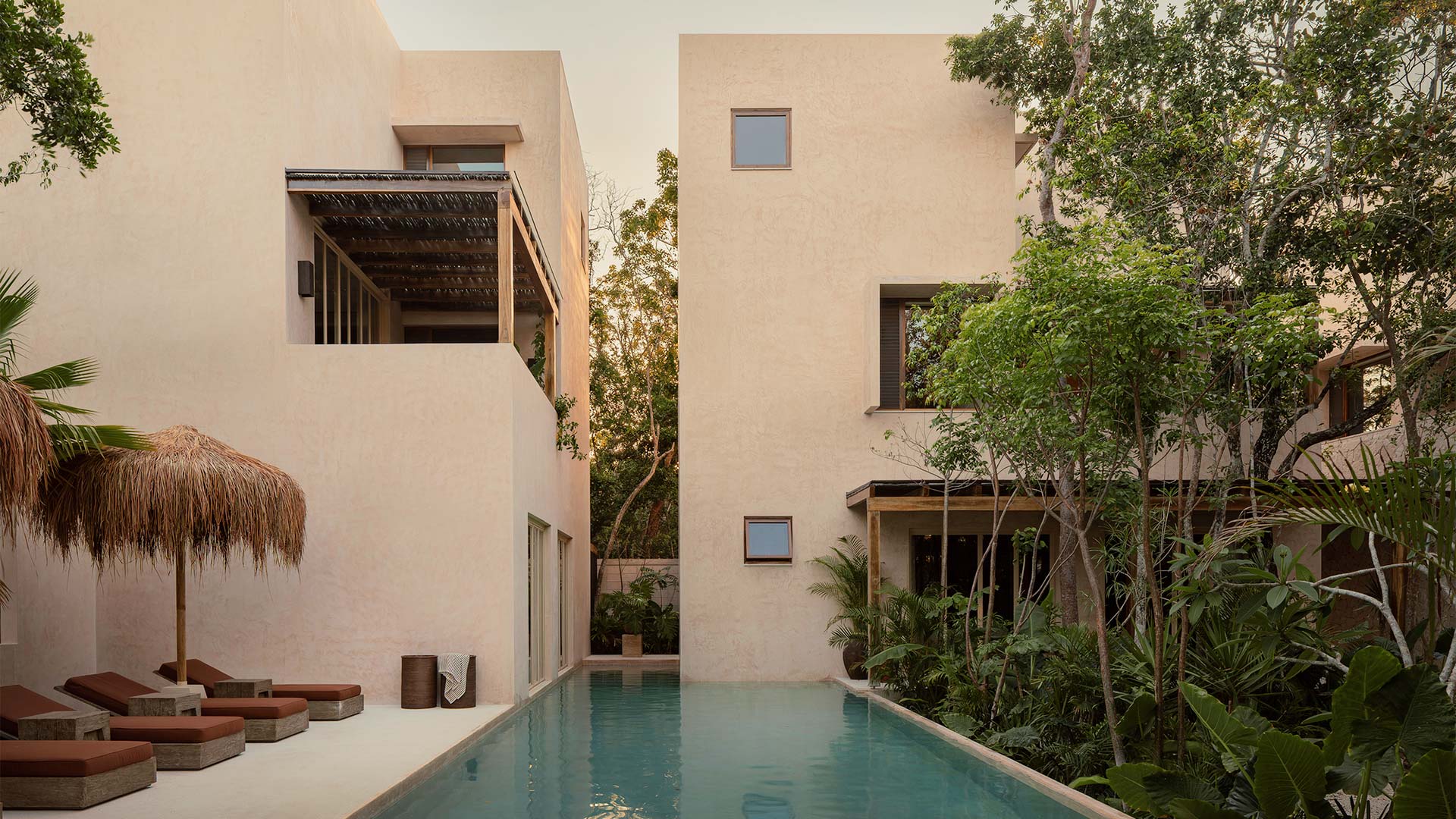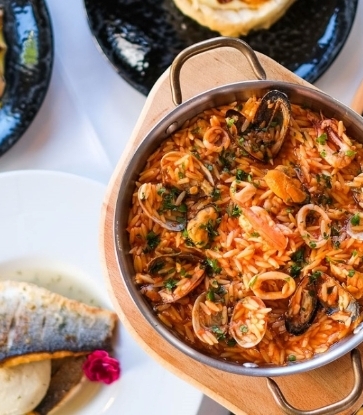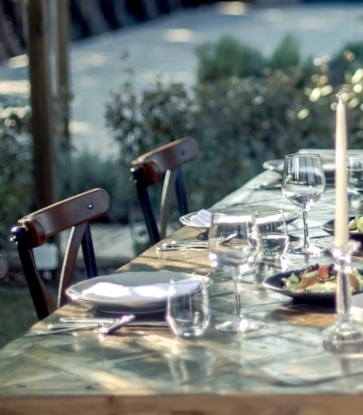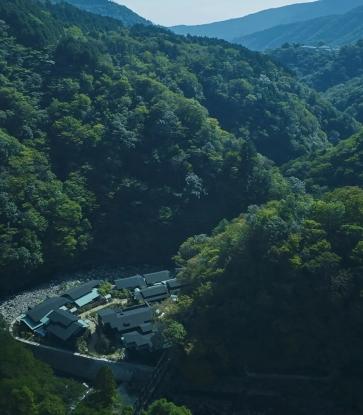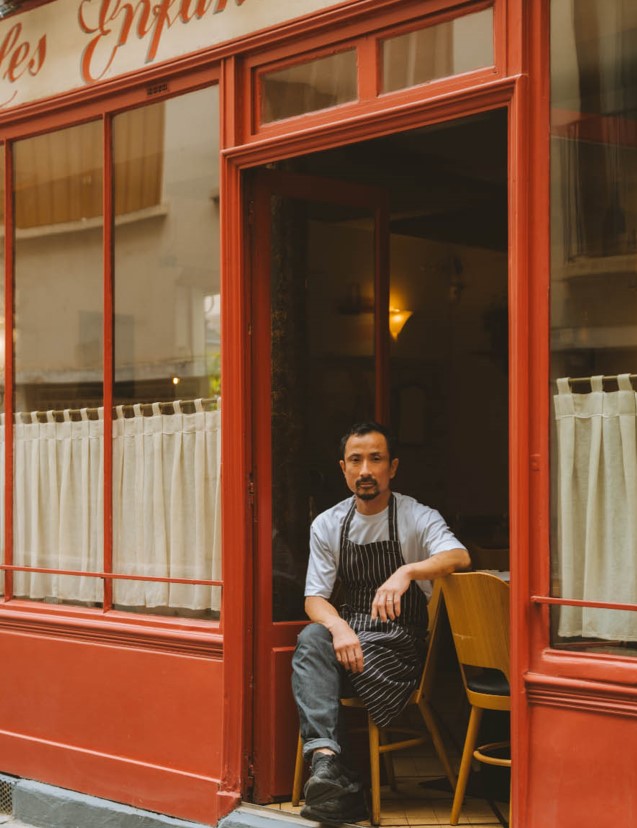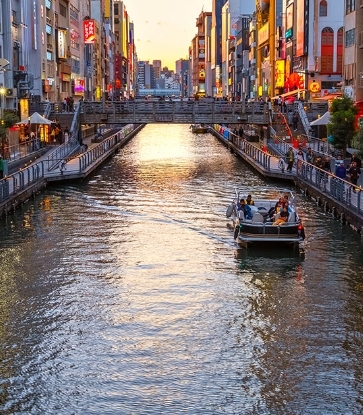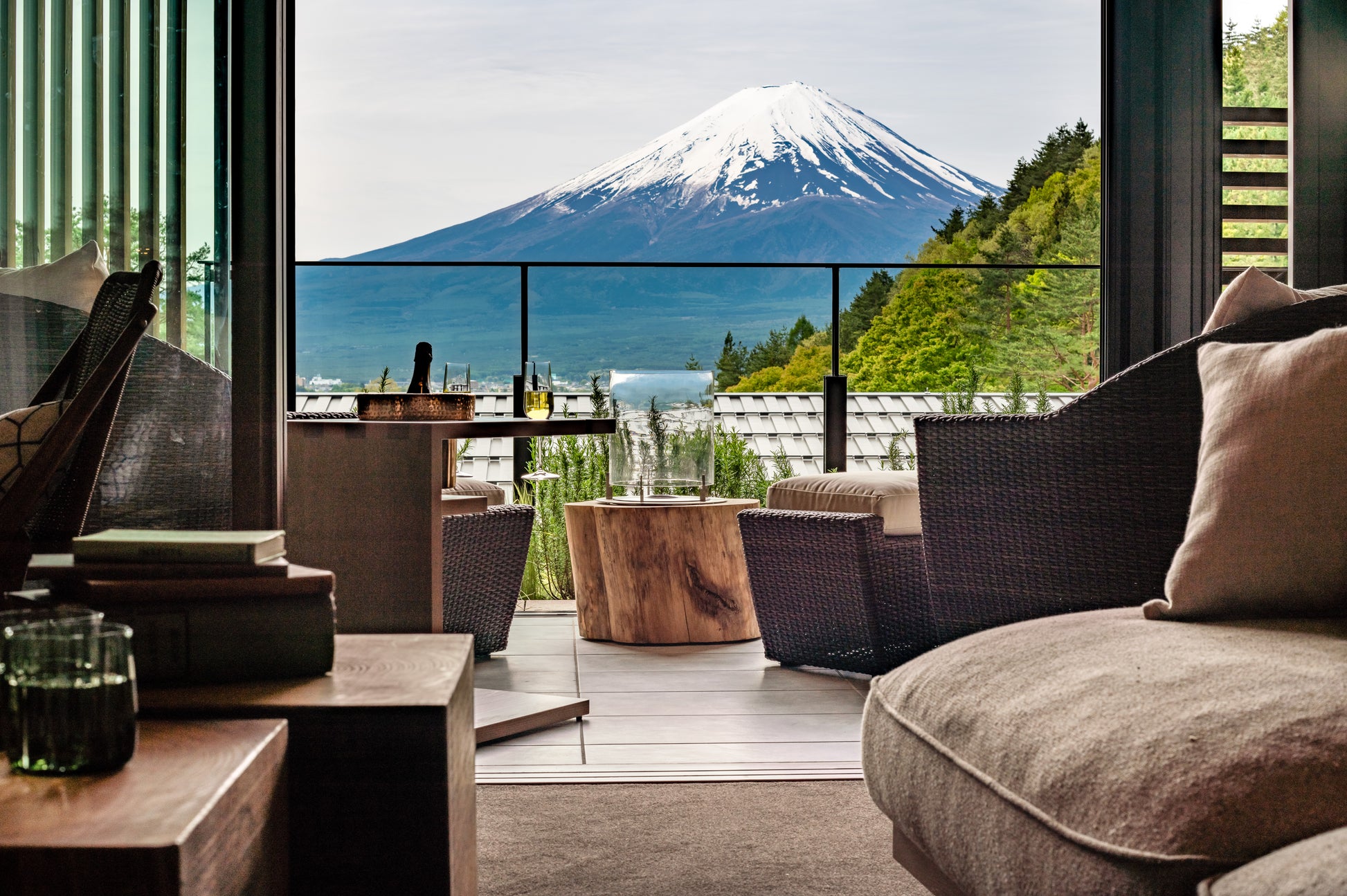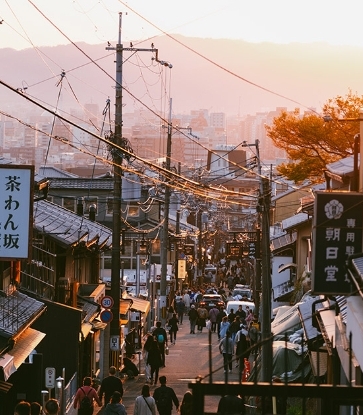While you might see it on almost every travel guidebook, Tsukiji is actually constructed for industry professionals. To minimise disturbance to business activities, tourists are required to remain low-key while roaming around various parts of the complex. Indeed, the biggest charm of the market lies in the opportunity to observe the fishermen, wholesale dealers and restauranteurs, who approach their work with utmost concentration and professionalism. The smooth running of this massive organism relies heavily on the cooperation of the visitors so that every worker can carry out their work efficiently. We have drafted a timetable to let you get the most out of this special experience:

Time: 2am (or earlier)
Many people see this as the highlight of their visit to Tsukiji, and that’s fully justified. It’s a truly unique spectacle with only 120 tickets available for tourists every day.
The tickets are distributed at the Fish Information Centre in Harumi-dori on a first-come, first-served basis. Officially, the tickets wouldn’t be given out until 5am, but due to the large number of visitors lining up before 3am, the staff would often issue them at an earlier time. The first 60 guests receiving the tickets would be assigned to view the first auction taking place between 5:50am to 6:05am, while the rest would join the second session from 6:05am to 6:20am.
To secure a spot, it’s advised to get there before 2:30am. Stay at a hotel in the Ginza area, which is only 15-20 minutes away from the market by foot. The auction is closed every Sunday and on some Wednesdays. Ask the staff at the hotel to confirm before heading out.

Time: 5-10am
Reward yourselves for being an early riser with a satisfying feast at Tsukiji. Uogashi Yokocho and the outer market are dotted with fabulous restaurants and grocery shops. Sushi is the focus of most eateries. A fraction of those like Sushi Zanmai (at the outer market) are open 24 hours. Other notable joints, Sushi Dai and Daiwa Sushi, open at 5am and 5:30am respectively, with branches at both the outer market and Uogashi Yokocho (Building 6). The sweetness and umami of the fish make for an unexpected, yet highly appreciated distraction while waiting for the sunrise.
Don’t miss out on other signature Japanese delicacies you’ll also find at Tsukiji. Yonehana (Uogashi Yokocho Building 8) purchases fresh eels at 4am every day and opens its doors an hour after, cooking up warming, succulent fish fare to feed hungry patrons. Also recommended are Tenfusa (Uogashi Yokocho Building 6), known for its tempura and Fujimiya (Uogashi Yokocho Building 10), the only place at the market serving soba noodles.
With a hearty meal ahead, awaken your taste buds by hopping into small coffee shop Aiyō (Uogashi Yokocho Building 6). It serves freshly ground coffee every day from 3:30am.
Wholesale and Distribution Market
Time: 10am to midday
The wholesale and distribution market is exclusive to food industry professionals before 10am. General customers are granted access only after that time. It is composed of the seafood and fruit and vegetable areas. The former has almost double the amount of stalls of the latter, hence the bigger attraction. The number of shops will shrink from 630 to around 500 after its move to Toyosu. It’s really the final chance to see the market at the most . While you’re inside, remember not to enter any shop, touch anything or take photos without consent, as to avoid any disruption to the vendors at work.

This article was originally written by Xiao Shan and translated by Vincent Leung. Click here to read the original version.



